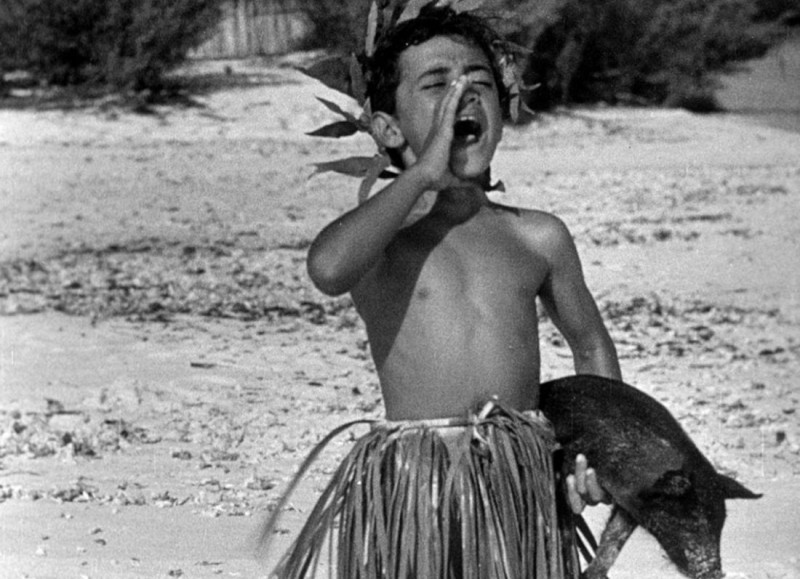Project website/Online edition
The film Tabu – A Story of the South Seas, completed in 1931, was the last film directed by Friedrich Wilhelm Murnau (1888–1931) – "the greatest director the Germans have ever known" (Lotte Eisner). Shot entirely on location in the South Seas, Tabu tells the story of a young couple, determined against all odds to break free from the rigid confines of their traditional society.
Before it was released, the film existed in two alternative cuts - Murnau's original "Pre-Paramount" version, which never made it to the screen, and the studio's final cut. In the years that followed, Tabu was continuously edited and reedited, resulting in countless other versions. The original camera negative edited by Murnau is believed lost but around 15,000 metres of nitrate camera negative outtakes have survived in the collection of the Austrian Film Museum.
With such a wealth of unused footage still existing, Tabu is something of an exceptional case in film history. The KUR Programme for the Conservation of Moveable Cultural Assets has now made it possible for the Deutsche Kinemathek, working in collaboration with the Austrian Film Museum, to preserve the unique and fragile camera negative footage, regroup the takes in the original shooting order, and publish them in their entirety in digital form. The preservation and digitisation of the outtakes has been carried out at the Immagine Ritrovata laboratories in Bologna.
Other primary documents related to the film are held by F.W. Murnau's estate – for instance, the original screenplay, continuity reports and production stills. They were simultaneously digitised and used to help reorder the fragmentary outtakes.
All digitised materials have been made freely available in a scholarly, commented online edition, which offers internet users uniquely detailed insights into the making of the film and Murnau's artistic process. Apart from the actual analogue preservation effort, the project's multimedia approach makes it a prime example for contemporary modes of disseminating audiovisual heritage.
